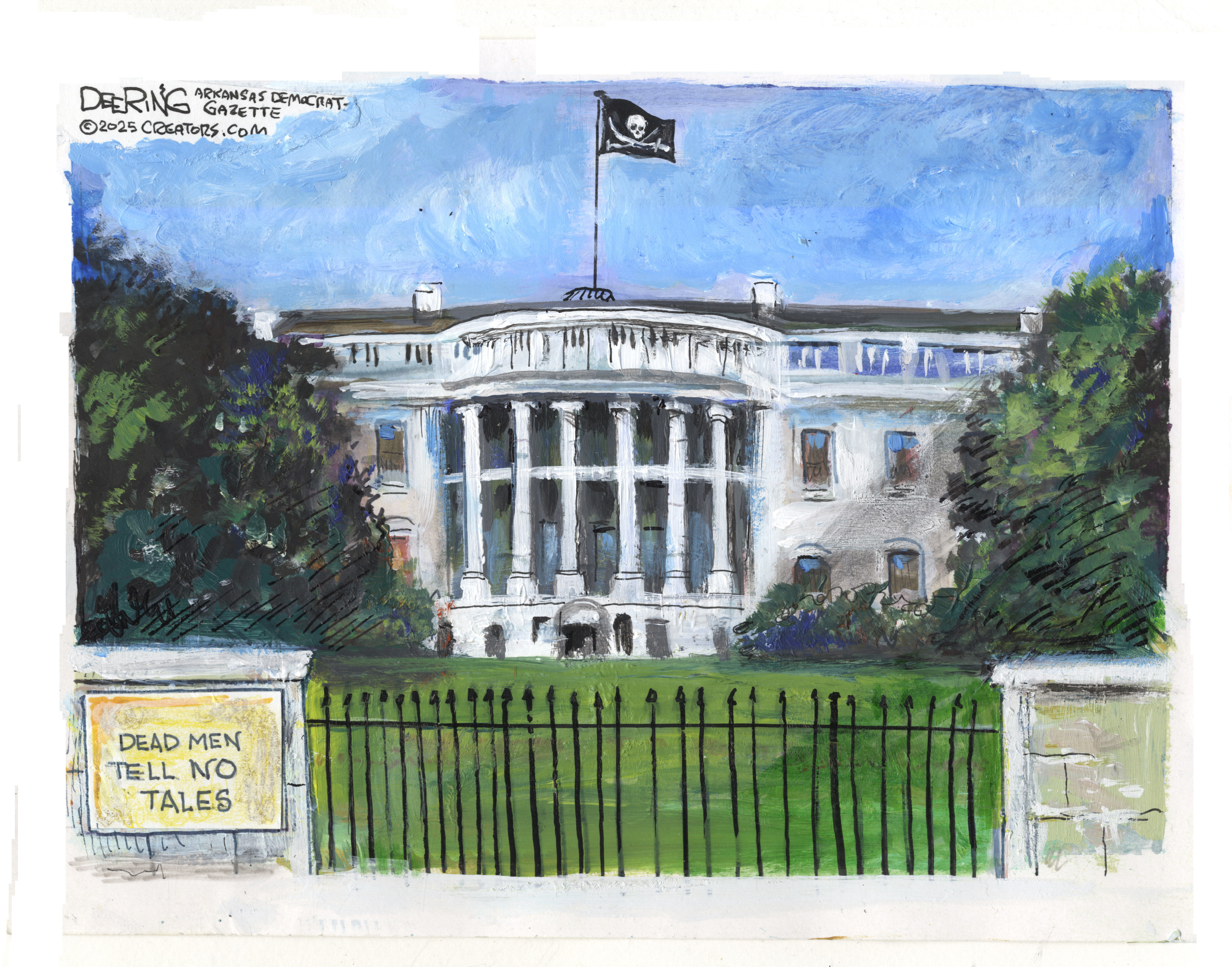Book of the week: Command and Control: Nuclear Weapons, the Damascus Accident, and the Illusion of Safety by Eric Schlosser
The world has come close to nuclear catastrophe many times—often because of the mishandling of American weaponry.
(Penguin, $36)
Eric Schlosser’s latest work is “the most edifying” and “most frightening” book I have read this year, said Matthew Price in Newsday. Deeply researched and masterfully written, this history of nuclear weaponry will wake many readers to the fact that the world has come close to nuclear catastrophe many times—often because of the mishandling of American bombs and warheads. As Schlosser reports, from 1950 to 1968 alone, at least 1,200 nuclear weapons in the nation’s arsenal were involved in accidents. In 1961, for instance, a bomb 250 times more potent than the one dropped on Hiroshima fell from a stricken B-52 near Goldsboro, N.C.—and would have detonated if one fragile switch had failed. “That things did not go boom” seems to owe mostly to “dumb luck.”
But Command and Control isn’t just history: “The nowness of the story is the point,” said John Lloyd in the Financial Times. “The hair-raising sloppiness” that has characterized U.S. management of its nuclear stockpile suggests how dangerous the world has become now that membership in the nuclear club numbers seven and counting. And weapons management hasn’t been the only weak link. America’s vaunted detection system has mistaken a flock of birds and even the moon rising over Norway as imminent Soviet attacks. One grave mishap is revisited again and again, in a tense account woven through the book. In 1980, a falling wrench socket punctured the casing of a Titan II missile in Damascus, Ark., causing an explosion that tossed the nuclear warhead 200 yards out of its silo. If that ticking bomb had detonated, much of Arkansas would have been leveled.
The Week
Escape your echo chamber. Get the facts behind the news, plus analysis from multiple perspectives.

Sign up for The Week's Free Newsletters
From our morning news briefing to a weekly Good News Newsletter, get the best of The Week delivered directly to your inbox.
From our morning news briefing to a weekly Good News Newsletter, get the best of The Week delivered directly to your inbox.
But it didn’t explode, did it? said Arthur Herman in The Wall Street Journal. Schlosser wants readers to conclude that nuclear weapons are simply too dangerous to have around, but he’s “too good a reporter and historian” to hide a different truth: No U.S. nuclear weapon yet has accidentally exploded or even leaked radioactive material, and our weapons stockpile has been made safer and more secure decade after decade. “The most dismaying revelations” in the book, unfortunately, are not about near accidents, said Walter Russell Mead in The New York Times. For decades, each Cold War president had only a “rigid and inflexible” strategic plan to work from in the event of a nuclear confrontation. Surely, some of today’s nuclear nations have similar plans, and each can turn a simple misunderstanding into “an inexorable march toward disaster.”
A free daily email with the biggest news stories of the day – and the best features from TheWeek.com
-
 6 lovely barn homes
6 lovely barn homesFeature Featuring a New Jersey homestead on 63 acres and California property with a silo watchtower
-
 Film reviews: ‘Marty Supreme’ and ‘Is This Thing On?’
Film reviews: ‘Marty Supreme’ and ‘Is This Thing On?’Feature A born grifter chases his table tennis dreams and a dad turns to stand-up to fight off heartbreak
-
 Political cartoons for December 14
Political cartoons for December 14Cartoons Sunday's political cartoons include a new White House flag, Venezuela negotiations, and more
-
Also of interest...in picture books for grown-ups
feature How About Never—Is Never Good for You?; The Undertaking of Lily Chen; Meanwhile, in San Francisco; The Portlandia Activity Book
-
Author of the week: Karen Russell
feature Karen Russell could use a rest.
-
The Double Life of Paul de Man by Evelyn Barish
feature Evelyn Barish “has an amazing tale to tell” about the Belgian-born intellectual who enthralled a generation of students and academic colleagues.
-
Book of the week: Flash Boys: A Wall Street Revolt by Michael Lewis
feature Michael Lewis's description of how high-frequency traders use lightning-fast computers to their advantage is “guaranteed to make blood boil.”
-
Also of interest...in creative rebellion
feature A Man Called Destruction; Rebel Music; American Fun; The Scarlet Sisters
-
Author of the week: Susanna Kaysen
feature For a famous memoirist, Susanna Kaysen is highly ambivalent about sharing details about her life.
-
You Must Remember This: Life and Style in Hollywood’s Golden Age by Robert Wagner
feature Robert Wagner “seems to have known anybody who was anybody in Hollywood.”
-
Book of the week: Astoria: John Jacob Astor and Thomas Jefferson’s Lost Pacific Empire by Peter Stark
feature The tale of Astoria’s rise and fall turns out to be “as exciting as anything in American history.”